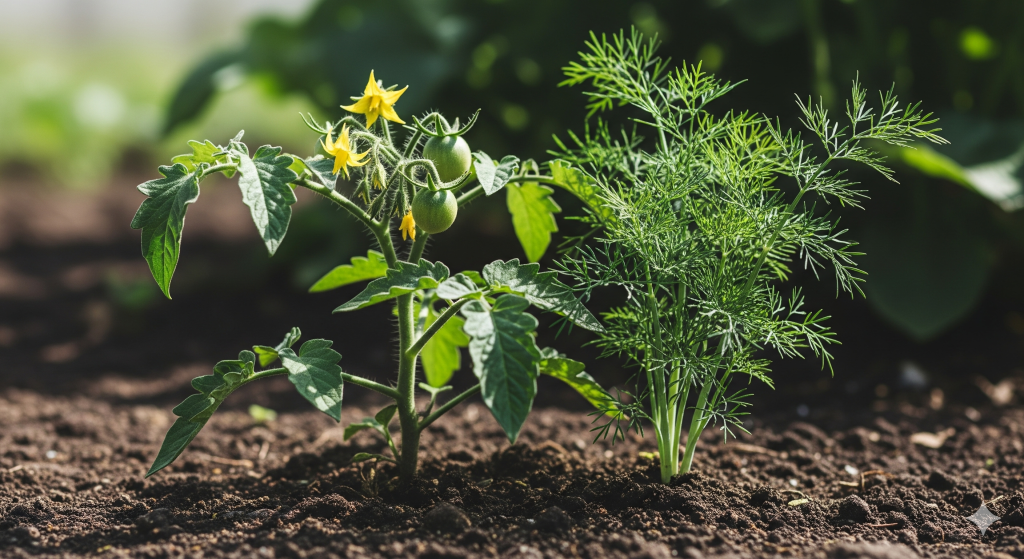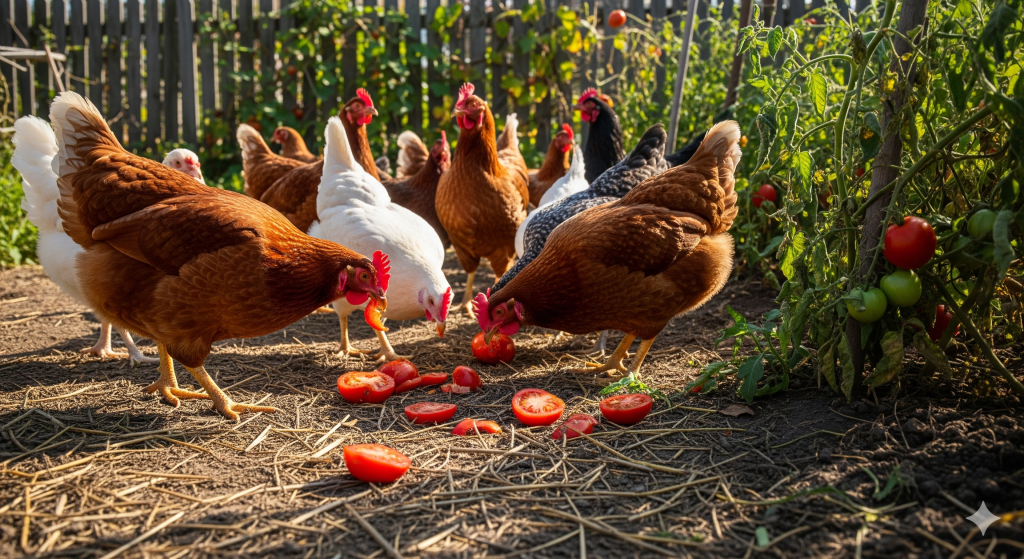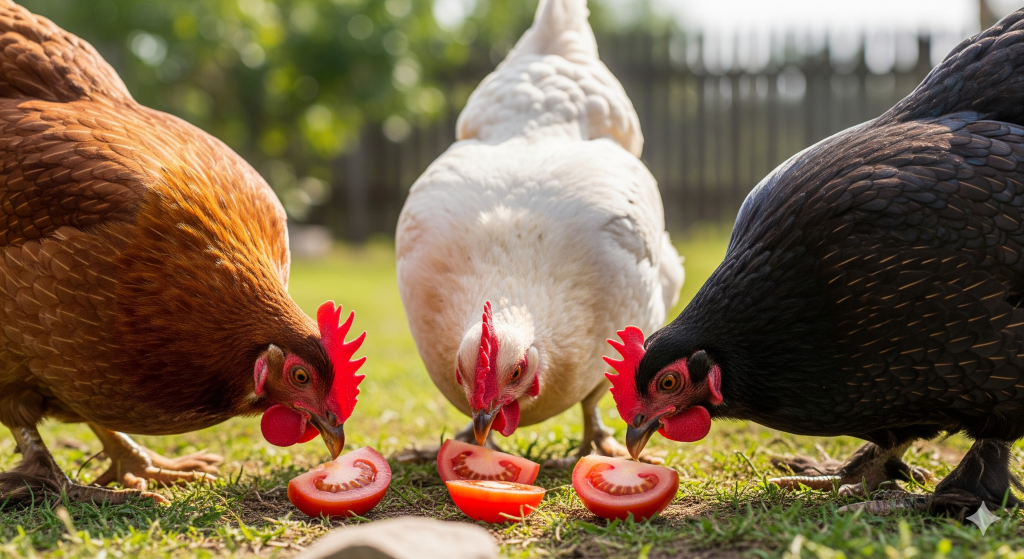Table of Contents
In the intricate dance of companion planting, gardeners are constantly seeking partnerships that create a healthier, more resilient, and productive ecosystem. When it comes to the classic summer vegetable garden, the pairing of aromatic herbs with robust tomato plants is a common strategy. This leads to a fascinating and surprisingly complex question: can you plant dill and tomatoes together?
The answer is not a simple yes or no. The relationship between dill and tomatoes is a dynamic one that changes throughout the growing season. In fact, dill is an excellent companion for young tomato plants but can become a problematic neighbor for mature, fruiting ones.
This “love-hate” relationship is one of the most interesting in the world of companion planting. Understanding how to leverage the significant benefits of dill during the early stages of a tomato’s life, and knowing when to intervene before it becomes a competitor, is the key to successfully using this herb to your garden’s advantage. This in-depth guide will explore the dual nature of this pairing, explaining how dill can act as a bodyguard for your tomatoes and how to manage its presence for a bountiful harvest.
Want the Ultimate Guide to Off-Grid Living?
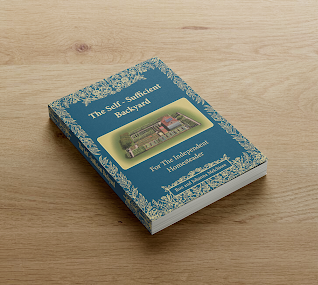
If you love the self-sufficient lifestyle, this is the only guide you’ll ever need. Learn how to generate your own power, secure your water supply, and become truly independent. No fluff, just actionable plans.
➡️ Check out The Self-Sufficient Backyard and start your journey today!
Do Dill and Tomatoes Grow Well Together?
The compatibility of dill and tomatoes is a story told in two acts: the beginning of the season, and the peak of summer.
Act 1: The Beneficial Beginning
When tomato plants are young seedlings and in their early vegetative stage, planting dill nearby is highly beneficial.
- Aromatic Protection: The strong, distinct scent of young dill can help to mask the scent of the tender tomato seedlings, confusing and repelling pests like aphids and spider mites that might be looking for an early-season meal.
- Minimal Competition: In this early stage, both plants are relatively small. Their root systems are not yet competing aggressively for water and nutrients, and the small dill plants do not cast enough shade to be a problem. They can coexist peacefully side-by-side.
Act 2: The Competitive Climax
As the tomato plant matures, grows large, and begins to flower and set heavy fruit, its needs change dramatically. A fully grown dill plant, which can reach heights of 3-5 feet, transitions from a helpful friend to a direct competitor.
- Resource Competition: Both mature tomatoes and mature dill are thirsty plants with significant nutrient requirements. They will compete for water and fertilizer in the soil, which can stress the tomato plant and potentially reduce the size and quality of its fruit.
- Growth Inhibition: Some horticultural experts suggest that mature dill can have a slight allelopathic effect on tomatoes, releasing compounds that can mildly stunt their growth as they begin to fruit.
The strategy, therefore, is to use dill as a temporary companion. Plant it with your young tomatoes, but plan to harvest it heavily or remove the plant entirely once your tomato plants begin to set a large amount of fruit.
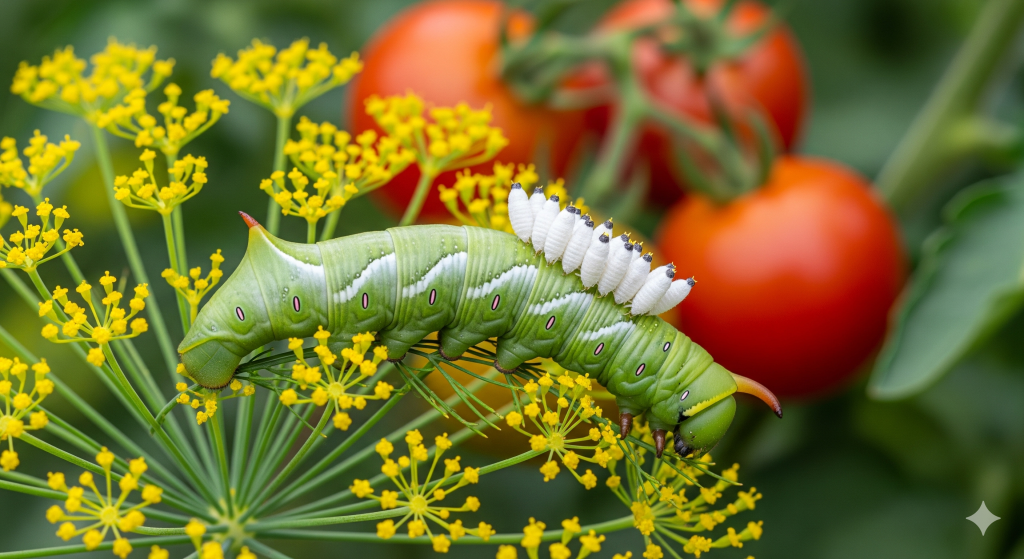
Does Dill Attract Tomato Worms?
This is where the relationship becomes truly fascinating. The answer is yes, dill absolutely attracts the tomato hornworm, and this is precisely why it is such a brilliant companion plant.
The tomato hornworm is a large green caterpillar that can defoliate a tomato plant with shocking speed. However, it is also highly attracted to members of the dill family. This allows dill to function as a “trap crop.” The adult moth may prefer to lay its eggs on the nearby dill plant instead of your precious tomatoes. This concentrates the pests in one spot, making them easy to find and remove before they cause widespread damage.
But the story gets even better. The umbrella-like flowers of a mature dill plant are a rich source of nectar for one of the tomato gardener’s greatest allies: the Braconid wasp. This tiny, non-stinging parasitic wasp is a natural predator of the tomato hornworm. The adult wasps feed on the dill nectar, and then they lay their eggs on the back of an unsuspecting hornworm. When the wasp larvae hatch, they feed on the hornworm from the inside out, eventually killing it.
So, by planting dill, you are not only luring the pest to a sacrificial plant, but you are also providing food and habitat for its natural assassin.
Is Dill a Good Companion Plant for Tomatoes?
Considering all the factors, dill is an excellent—but strategic and temporary—companion plant for tomatoes. It is not a “plant it and forget it” friend like basil or marigolds.
Dill is at its best when used as part of an integrated pest management system. Its role is to protect young plants with its aroma, and then, as it matures, to act as a trap crop for hornworms while simultaneously attracting the predatory wasps that will eliminate them. It is one of the most intelligent and effective companion planting strategies when managed correctly. The key is to see the dill not just as an herb to harvest, but as a biological control station for your garden.
What Plants Should Not Be Near Dill?
While dill is a great team player in many situations, it has a few plants it clashes with, primarily those within its own family.
- Carrot Family (Apiaceae): Dill should not be planted close to its relatives like carrots, fennel, or parsnips. They can attract the same pests, such as carrot flies and parsley worms. Furthermore, dill and fennel can cross-pollinate, which can result in oddly flavored seeds if you are a seed-saver.
- Lavender: The potent aromas of lavender and dill can be a bad combination, and many gardeners report that they simply do not thrive when planted next to each other.
- Potatoes: Mature dill can attract spider mites, aphids, and other pests that can also cause significant problems for potato plants. It’s best to keep them in separate sections of the garden.
Conclusion
The relationship between dill and tomatoes is a perfect illustration of the complexity and brilliance of a well-managed garden ecosystem. Far from being a simple yes or no answer, their compatibility is a lesson in strategic gardening. By planting dill near your young tomato plants, you provide them with an aromatic shield against early pests. As the season progresses, allowing the dill to mature and flower transforms it into a powerful biological weapon, luring in the destructive tomato hornworm while simultaneously summoning its natural predator, the parasitic Braconid wasp.
The final step in this strategy is to remove the dill once the tomatoes are large and fruiting heavily, preventing any late-season competition. By understanding and embracing this dynamic, temporary partnership, you can leverage the full lifecycle of dill to protect your tomatoes, reduce the need for pesticides, and create a truly balanced and thriving garden.

